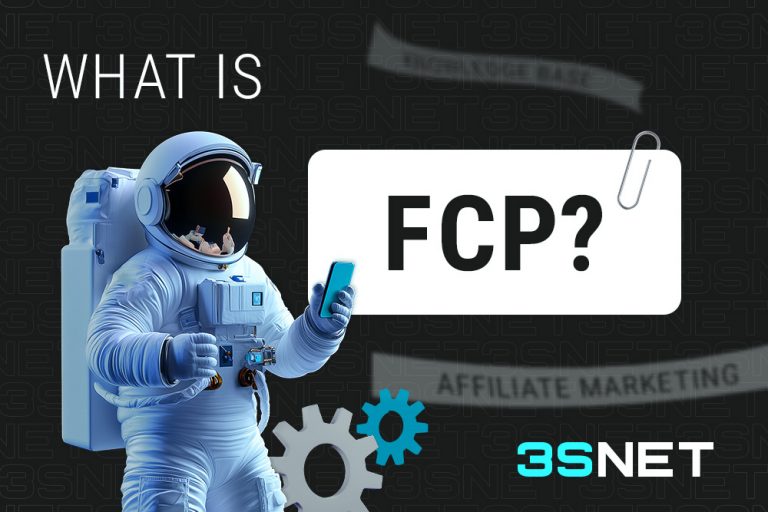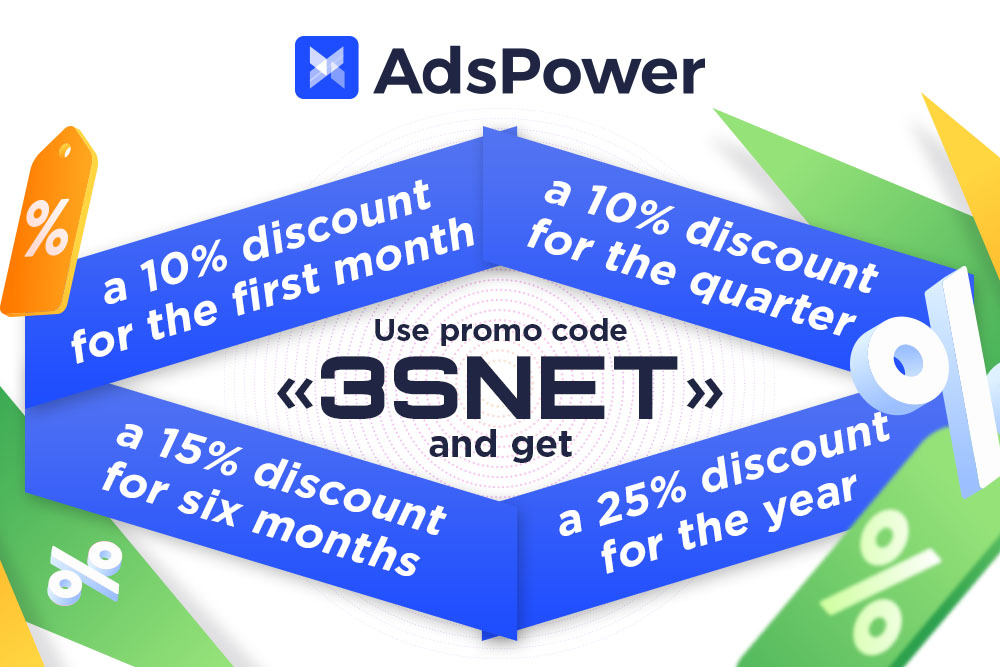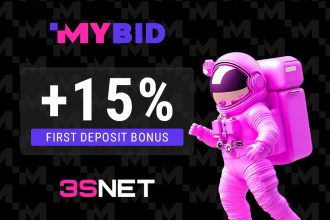
Publication date: 1 November 2025
FCP (First Contentful Paint) is a performance metric that measures the time from the start of page load until the first meaningful content appears (text, image, or SVG). Optimizing FCP is critical for affiliate campaigns, as it directly affects conversion rates.
Why is FCP important for affiliates?
Impact on Conversion
- When FCP > 3 sec, up to 40% of users leave the page (Google, 2024);
- In gambling/betting, FCP < 1.5 sec delivers +15–25% to CR;
- For Tier-3 countries, optimal FCP is < 2.5 sec.
Want to learn how to promote gambling and betting effectively across GEOs? Check out proven strategies in the reviews on 3S.INFO!
How does FCP relate to other metrics?
FCP is just the first stage of loading. For a complete picture, analyze:
- TTI (Time to Interactive) – when the page is fully ready for user interaction;
- LCP (Largest Contentful Paint) – when the largest element is rendered;
- CLS (Cumulative Layout Shift) – layout stability.
TTI vs FCP: What’s the Difference?
You might see content (FCP) but be unable to click a button (poor TTI). The ideal scenario:
| Metric | Target Value | How to Achieve |
|---|---|---|
| FCP | < 1.5 sec | Image optimization, caching |
| TTI | < 5 sec | JS minification, lazy loading |
FCP Optimization for Affiliates
1. Technical Methods
- Use PWA (resource caching);
- Compress images to WebP (+30% to speed);
- Preload critical resources.
2. CPA Traffic Specifics
- Popunders/redirects degrade FCP – test smoother transitions;
- For gambling offers, exclude heavy analytics scripts.
Tools to Analyze FCP
| Tool | Advantages |
|---|---|
| Google Lighthouse |
|
| WebPageTest | Test from different regions (relevant for Tier-3) |
| GTmetrix | Page load video + waterfall analysis |
Optimization Checklist
- Check current FCP with Lighthouse.
- Optimize images (WebP, lazy load).
- Implement PWA for caching.
- Test TTI after making changes.
Did you like the article?
Share it with your friends via favorite social media


















